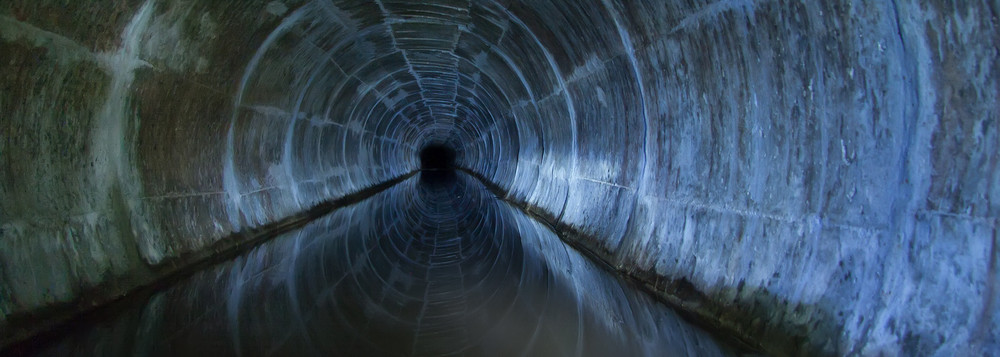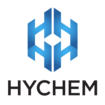Is your wastewater asset chemical and abrasion resistant?

Wastewater and sewage infrastructure are particularly susceptible to deterioration due to repeated chemical attack and exposure to abrasive fluid. Without adequate protection, assets degrade more quickly, resulting in unexpected downtime and costly repairs. Here, Hychem discusses how a chemical and abrasion resistant coating can prevent costly degradation of concrete assets.
Over time, harsh chemicals and repeated friction can degrade the strength and performance of concrete wastewater assets. A number of different coating solutions are available to slow or even prevent this degradation.
Colin Murphy, Product Manager for Hychem, explains why epoxy coatings are a popular option to prevent corrosion, ensure asset integrity and reduce maintenance expenses.
“Epoxy offers a number of key benefits for the water industry, including chemical resistance, abrasion resistance, and increased service life,” Mr Murphy said.
“We designed TL5 specifically to provide long-term fast-turnaround protection of water and wastewater assets, and it has been used for over 20 years in Australia’s varied and harsh environments.”
Chemical resistance
In ordinary circumstances, concrete corrodes very quickly when faced with hydrogen sulphide gas. Uncoated concrete surfaces absorb this gas, allowing it to oxidise and become sulphuric acid. This reduces pH levels of the concrete and quickly compromises the integrity of the asset.
Weakened concrete erodes rapidly, and can result in expensive repairs, inconvenient downtime and potential environmental issues. Sewer and wastewater assets are particularly susceptible to corrosion because of the levels of hydrogen sulphide they are exposed to.
Not only do these assets face hydrogen sulphide exposure, they also face corrosive attack from hydrocarbons, caustic solutions and aqueous salts. This corrosion can be prevented with the use of a protective coating such as Hychem’s TL5 epoxy liner.
“The coating is designed to be chemically resistant, and provide an impenetrable barrier between the concrete and the harsh chemicals to prevent corrosion from occurring,” Mr Murphy said.
“It has superior acid resistance, which makes it particularly useful in the sewer environment, where structures are subject to acid attack.”
Abrasion resistance
Abrasion is another common problem for concrete in wastewater environments. Abrasion damage occurs from waterborne silt, sand, gravel and other debris coming in contact with the concrete, causing it to erode.
Unlike uncoated concrete, the TL5 liner forms a barrier between the concrete and the fluid, creating a smooth finish when applied. Not only does this reduce wearing caused by constant contact, the low-friction surface minimises the chance of blockages resulting from matter sticking to the concrete where it has worn away.
“TL5 has unparalleled abrasion resistance proven by over 25 years of service in high flow velocity environments,” Mr Murphy said.
“It also passes highly in the Taber abrasion test with a consistent minimum shore hardness of D80.”
A durable solution
Hychem’s TL5 epoxy liner has proven itself to be long lasting, having been used as early as the mid-nineties and has stood up to real-world tests.
“The product holds up well to the rigours of the harsh sewer environment, and can last the distance. We have clients who have reported minimal change to the lining they had installed 15-20 years ago,” said Mr Murphy.
“Water authorities can be assured that when they choose TL5 to coat their asset, they are choosing a product that will last well into the future.”
For more information on coating solutions, please contact Hychem on (02) 4646 1660.
